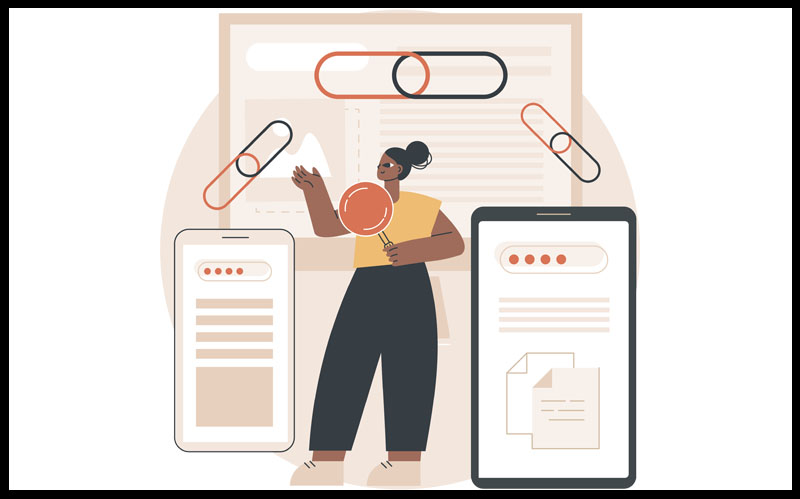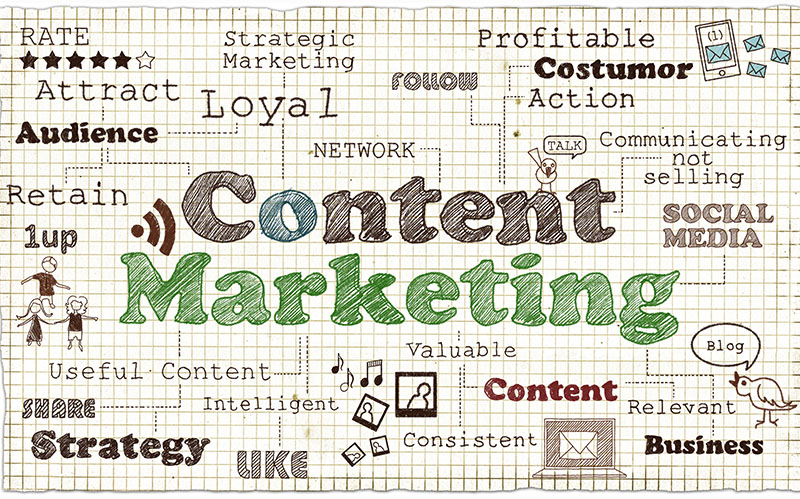Digital collateral opens the doors to content sharing, making your marketing materials more accessible than ever. Here we explain what to include in your digital collateral to make the most of your marketing materials.
Case Studies
Case studies are your digital reality series. They provide true-life situations that demonstrate more clearly than any other content how you solve problems for your customers. Case studies create a digital track record of your achievements, presenting typical customer problems. They explain, in vivid detail, what your products and services offer by presenting the facts, introducing a problem, analyzing a project, and showing how your successful solutions are implemented.


Blog Posts
Blogs are the friendlier, folksier content that explain who you are and what you do. You can still showcase what you offer but in relatable ways that add value while solving problems. They are shorter than case studies and don’t have to center around the intense analysis and details in a study. They can be designed to educate or entertain but should primarily help establish your team as industry thought leaders and authorities.
Your blog posts address everyday challenges, explain how to do something, help people solve problems, or offer a source of entertainment or insight while bringing your brand to life. A blog is a great way to introduce members of your team by having them contribute posts in their area of expertise. You can use humor to create a brand personality or be more compassionate, insightful, or educational. You don’t have to mention your own products, but be sure you talk about information relevant to your target audience.
Downloadable Material
This material tends to be long-form, such as eBooks or white papers. People can download files from your website to read on their device of choice. eBooks can also be used as a lead generation tool. For example, you have people fill in a request form to receive the link and use it to build a list of email addresses. The trick with eBooks is ensuring they aren’t filled with fluff—that they bring real value to your customers. eBooks are more substantial. People feel like they’re getting something free.
For example, a recruitment/personnel agency might create an eBook on choosing the right career; a clothing store could provide tips for creating a year-round wardrobe on a budget; a customized software development company could share ideas for creating a new office space. Think long-form, meaty, informative, interesting, and instructional content to create meaningful eBooks that help establish authority.
Landing Pages
Landing pages are website pages with unique links. They are perfect for things such as online ads, social media teasers, and email marketing. Their purpose is to provide details to either start a new customer journey or encourage a sale. They can be highly personalized to meet the needs of segment audiences because you can literally have endless landing pages on your website.
You choose the level of conversion you are looking for and design the page to meet that goal, whether it is a straight-up sale, collecting email addresses, setting up a demo, redeeming a special offer, RSVPing to an invite, or entering a contest. Landing pages also offer ample opportunities for A/B testing so you can see how well your pages work.
Explainer Videos
A lot of people prefer video, especially when trying to learn how to do something. Videos are a must if you sell a product that requires instructions as it allows you to talk about your products in lay terms. Having someone show people how to do something is far more effective than having them read. These videos can be shared on your website, sent as a link, or posted to social media–giving you more bang for your digital collateral buck.
Including these marketing materials in your digital collateral will help establish your authority while meeting your marketing goals.

